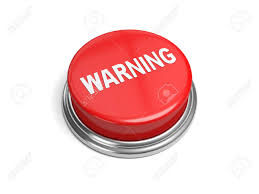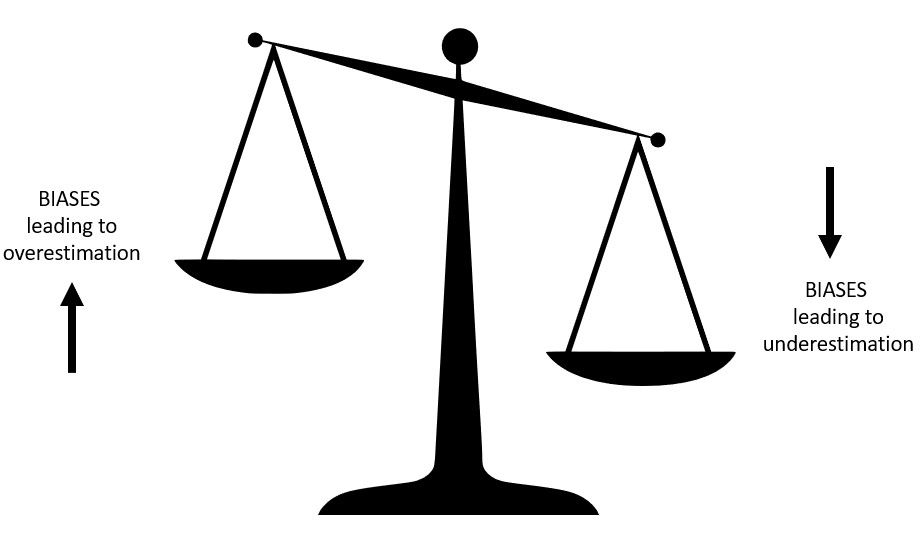Enhance your decision making by using these three powerful ways to analyse and evaluate options.
- Robert Yeo
- Jul 2, 2020
- 7 min read
Updated: Jan 2, 2021

Bull$h1t buttons
"Do you mind me asking what that is?"
"It's my bullshit button." was the response...
We had gathered in this corner office to discuss our proposal. The sun was shining through the floor to ceiling windows, which one could gaze out of and look south, down the seemingly never-ending 7th Avenue in Manhatten. We had an idea that would help the structured derivative business get moving again post the financial crisis.
This meeting was a big hurdle to overcome if we were going to get on the front foot and start to get out of the risk reduction, risk avoidance mindset that was prevalent since 2008. The head of the risk function had just rocked us back on our heels by putting the red circular gadget in the middle of his meeting room table. He made it clear who had the power, and we had better not have come with a half baked proposal.
Robust decision-making frameworks, sources of feedback and diverse points of view are all essential if we are to reduce the risk of making poor decisions. In this article, I will highlight three powerful ways to help you objectively analyse and evaluate issues, and resulting strategic options to enhance your decision-making.
Biases
Cognitive biases are at work whenever we make decisions.
A cognitive bias is a systematic error in thinking that occurs when people are processing and interpreting information in the world around them. It affects the decisions and judgments that they make.
As an example, we didn't predict the global pandemic and subsequent lockdown and restrictions on our jobs and personal freedom. Yet, many of us are now seemingly expert predictors as to the "new normal" and what the long period spent WFH and the transition back to the office will mean for things such as:
globalisation
equality
climate change
flexible working
digitisation
The reality is that we can't be right about the future. Most people didn't predict the COVID-19 impact. I therefore strongly doubt those same people will accurately predict what it means for the future, given how many degrees of uncertainty that exist. Yet they look to the sparse data that supports their belief - confirmation bias.
But awareness of bias alone isn't the answer. There are many different types of cognitive bias, and it may be impossible to predict how many will be present within a team when making vital decisions. Not only can we not predict how many will turn up in our decision making, but some will reinforce an error, while others may have the opposite effect.

This paradox should make us more humble. We are making decisions when facing uncertainty and unpredictability, incomplete information and an unknown number of potentially competing or reinforcing biases. We, therefore, need to level up our decision-making processes and assess and challenge the method used to arrive at a recommendation or decision and not exclusively focus on the content or data used to conclude.
1. Frameworks - how we make decisions when facing uncertainty
A framework is essential to help vet the quality of decisions and think through how a recommendation or decision has been made, and not just the content of the proposals. The common problem is that many decision-makers focus exclusively on content when they review and challenge. I am sure I am not the only one to have suffered through pedantic questioning of the data or even the formatting, and spelling within my work. Yet this more often than not misses the more significant issues and hence why a systematic review of the decision-making process, one aimed at mitigating biases that may have influenced the recommendations and crucial decisions, is necessary.
Here are several factors to watch out for and that a decision making framework should include
Check for self-interest: intentional deception perhaps, but more common is self-deception and rationalisations. Where does the preference for a particular outcome originate, and is it significant? Have credible alternatives been considered and rejected? A good practice is to insist that people submit more than one option to the main recommendation and share the pros and cons of each.
Check for groupthink: teams of people may all be singing from the same song sheet a little too much.
If everyone thinks it is a great idea, then it probably isn't.
I am always wary of unanimous decisions. Rarely is a major decision a slam dunk yes or no. Therefore, were there dissenting opinions within the recommending team? If so, what were they, how were they explored and covered off? This sort of situation is where a diverse group, from different backgrounds and upbringings, different personality traits, and cross-functional can differentiate.
Check for confirmation bias: it is common for only one plausible option to be recommended as the group submitting will have only sought evidence that supports it, discarding other relevant information. The team will justify it by emphasising the differences between this situation, this project and the context generating the unfavourable data. By creating two lists: one listing differences and one listing similarities, there will often be many more reasons why things are similar than the few visible and perhaps more emotional differences.
Check for anchoring bias: whether they are initial estimates, extrapolations from history or comparisons from other similar areas, the accuracy of essential numbers can go unchallenged. Recommendations that appear anchored by an initial reference and the amount in question has a material impact need additional scrutiny. Approving a budget derived from the costing of an earlier project could be corroborated with projects from other divisions or competitive benchmarks.
There are many more factors, and so this is not the complete list, here is a link to the excellent "Before you make that big decision..." HBR article from 2011, which expands on the above points and educates on the behavioural economics of decision making.
Other approaches to help make better decisions and reduce our inherent bias include performing a premortem. I use this with clients and their teams to improve their planning, primarily to assess whether their worst case is bad enough. The best way to recover from a false start is to avoid one in the first place. A postmortem is one technique for doing that.
You have probably heard of a postmortem when coroners and physicians examine a dead body to determine the cause of death. A premortem, the brainchild of psychologist Gary Klein, applies the same principle but shifts the exam from after to before. Use the benefits from the power of prospective hindsight to offer some answers. By imagining failure in advance, you can anticipate some of the potential problems and avoid them once the actual project begins.
2 - The importance of feedback
Getting feedback is critical to improving our skills and for continuous learning. Feedback serves multiple purposes, such as helping to identify blindspots by providing an outside perspective. It will help to identify things that we don't want to see and raise our self-awareness. Feedback will help us to compare the way we are presenting ourselves to the world versus how we think we are behaving. And of course, it can also help us to refine and improve our ideas, thinking and hence the decisions we make.
Nowhere is this more important than at the more senior executive levels, paraphrasing two coaches who have written on this topic:
"People at this level rarely get honest feedback from those around them."
John Blakey
"Leaders don't get told the truth by those around them. They are even less likely to get told the truth by those they manage."
Jenny Rogers.
Therefore seek out feedback. Ask people to objectively review your proposal before you make that final recommendation or presentation.
3 - Challenge networks
Dr Adam Grant knows a thing or two about what it takes to succeed. He is a top-rated Wharton Professor, one of the world's ten most influential management speakers, and best-selling author. Dr Grant has talked about having a challenge network and references Bridgewater's unique radical transparency culture as leading in this space. A support network is typically for encouragement and motivation. It builds you up when you are down. The challenge network is different - it is there to tell you that you aren't there yet.
You can think of a challenge network as a cohort of people to give frank feedback on any important topic, initiative or project so that you can refine and improve it. They will help challenge your logic. To see if there are any holes in it, and try to improve your reasoning and thinking to come up with a more compelling solution. Your challenge network should contain dissenters, people that don't always agree with you, people from outside your bubble and that bring a different perspective. This can be one of your greatest opportunities to learn.
I have recently formed a challenge network to help me develop my self-coaching journal, RYse Journal. The project is something entirely new for me and has already been a significant learning experience which the challenge network is helping me to develop.
Conclusion
Whether concerning your career or business decisions, executive coaching can help with the objective analysis and evaluation of issues and strategic options. Great coaches can help you make better decisions by providing these five roles for you:
Help you solve real business issues as a great coach knows things that you don't and can help stress test your ideas and reduce the risk of repeating mistakes others have previously made.
Be an independent and confidential sounding board. Having the time to think and reflect with someone outside the establishment's line management can be transformational.
Someone that will say things that others cannot, and challenge you, perhaps by raising some uncomfortable truths or holding you accountable for what you did or did not do.
An outside perspective which can help you see yourself as others see you, something driven people are often poor at doing.
Help you with identifying and developing new skills to be impactful, efficient and effective.
Share
If you enjoyed reading this article, then please share it with someone in your network who might appreciate it, like a friend, family member, or coworker.
Subscribe
If you liked this article, then please subscribe below for more insights like it. No spam, ever! Just great, insightful content on a weekly(ish) basis.

Comentários